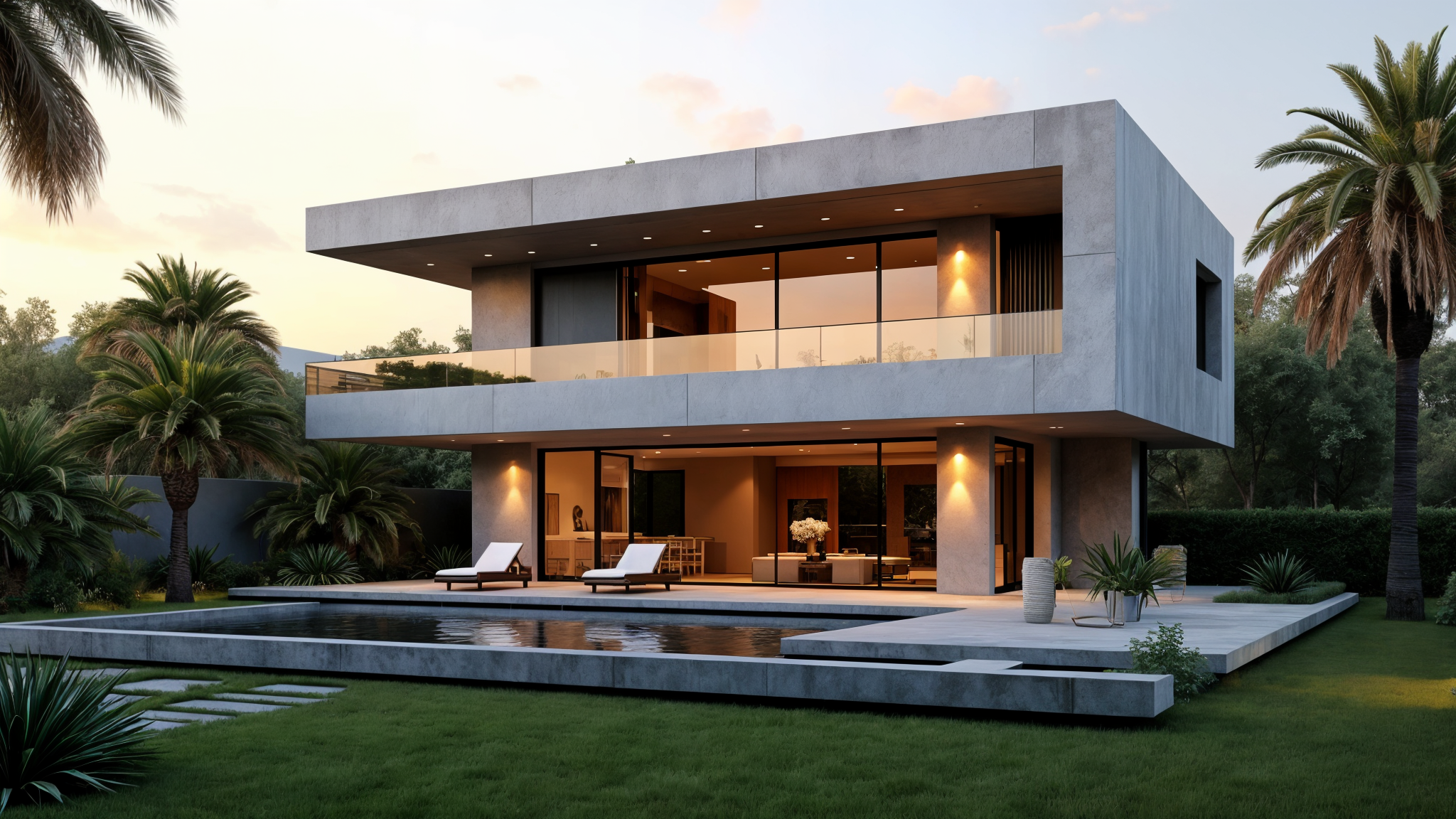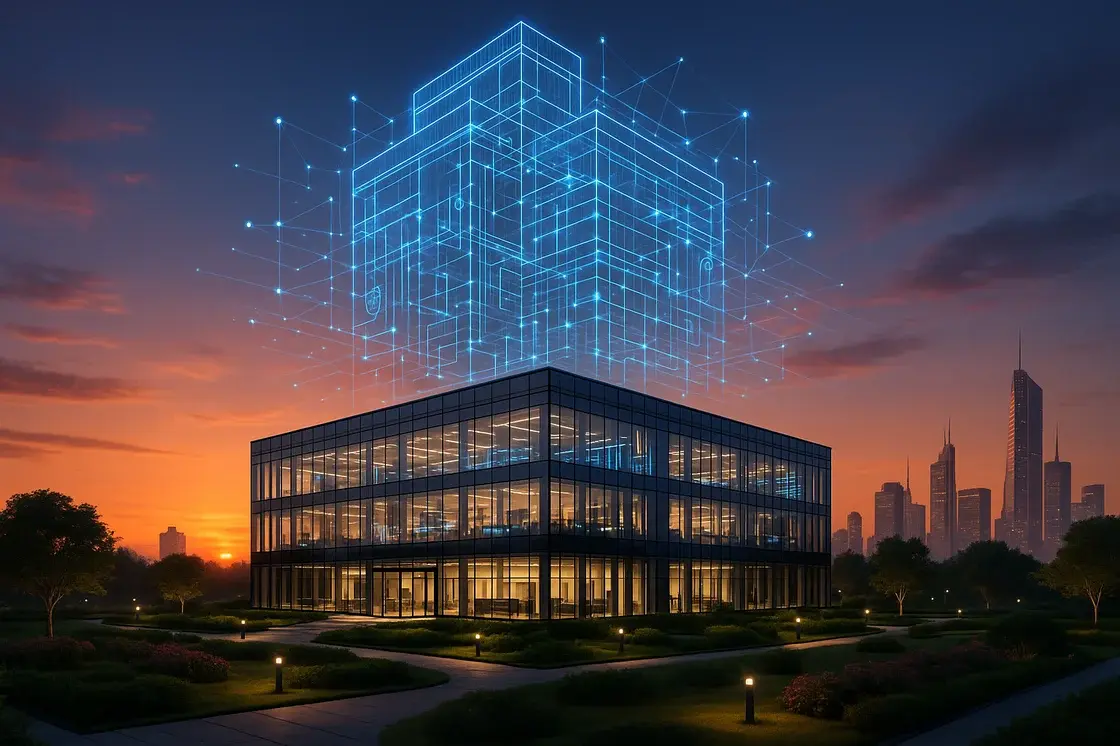In architecture, experience has always been a key selling point. Yet today, portfolios from emerging professionals are often drawing more attention than those of seasoned architects.
It’s not necessarily that their designs are stronger — it’s that they’re presenting them more effectively.
Brilliant work can go unseen or underappreciated. Hiring a professional photographer is not only expensive — it’s a logistical challenge. Spaces need staging, client approval, and on-site coordination. Sometimes, the built project drifts from the original design intent, and in other cases, it never reaches completion at all.
High-realism imagery used to be slow, costly, and inaccessible for many. Traditional rendering meant staging and photographing finished spaces — excluding unfinished work — or commissioning specialists to create lifelike visuals from scratch. Even now, conventional rendering services can take weeks and charge hundreds per image.
Meanwhile, newcomers — even students — are using accessible, often free tools to produce compelling visuals that influence how clients perceive skill and expertise.
Technology is leveling the playing field — and in some cases, shifting it entirely.
From Weeks to Minutes
Until recently, creating lifelike images of unbuilt or poorly photographed projects meant hiring a rendering team, revising multiple drafts, and waiting weeks.
Now, AI-powered tools can reduce that process to hours — or even minutes.
They can upscale low-resolution photos, remove unwanted elements, generate alternate design versions, or even create entirely new images from a sketch or text description.
This isn’t about replacing design skills — it’s about amplifying how your work is seen. With clear direction and some experimentation, you can convey a project’s intent, mood, and materiality with a polish that once required a full production team.
AI Tools Worth Exploring
We tested each of these functions in real architecture workflows, so the results below reflect practical, hands-on use — not just theory.
Text to Image — Instantly create custom visuals from a simple written prompt.

Sketch to Image — Turn a hand sketch or rough 3D export into a highly realistic render.
Image to Image — Apply the style, mood, or material palette from one image to another.
Upscale — Increase the resolution and clarity of non-professional photos or renders.
Inpainting — Edit specific areas of an image to change materials, furniture, or correct imperfections.
When combined, these tools help you present your best work — not just as it is, but as it was meant to be seen.
AI Tools Worth Exploring
We tested these ten AI tools for architecture visualization — covering everything from sketch-to-image to advanced inpainting. Each can deliver professional-quality results on its own:
Prome.ai · OpenArt · Leonardo · Render AI · ArchitectGPT · ArchiVinci · Imagine.art · Midjourney · Krea
While their core functions are similar, the biggest differences lie in user experience, community support, and how easily you can find architecture-specific presets.
Several also offer free credits for testing before you commit, making it easier to explore without upfront cost.
From Tools to Transformation — Together



.png)